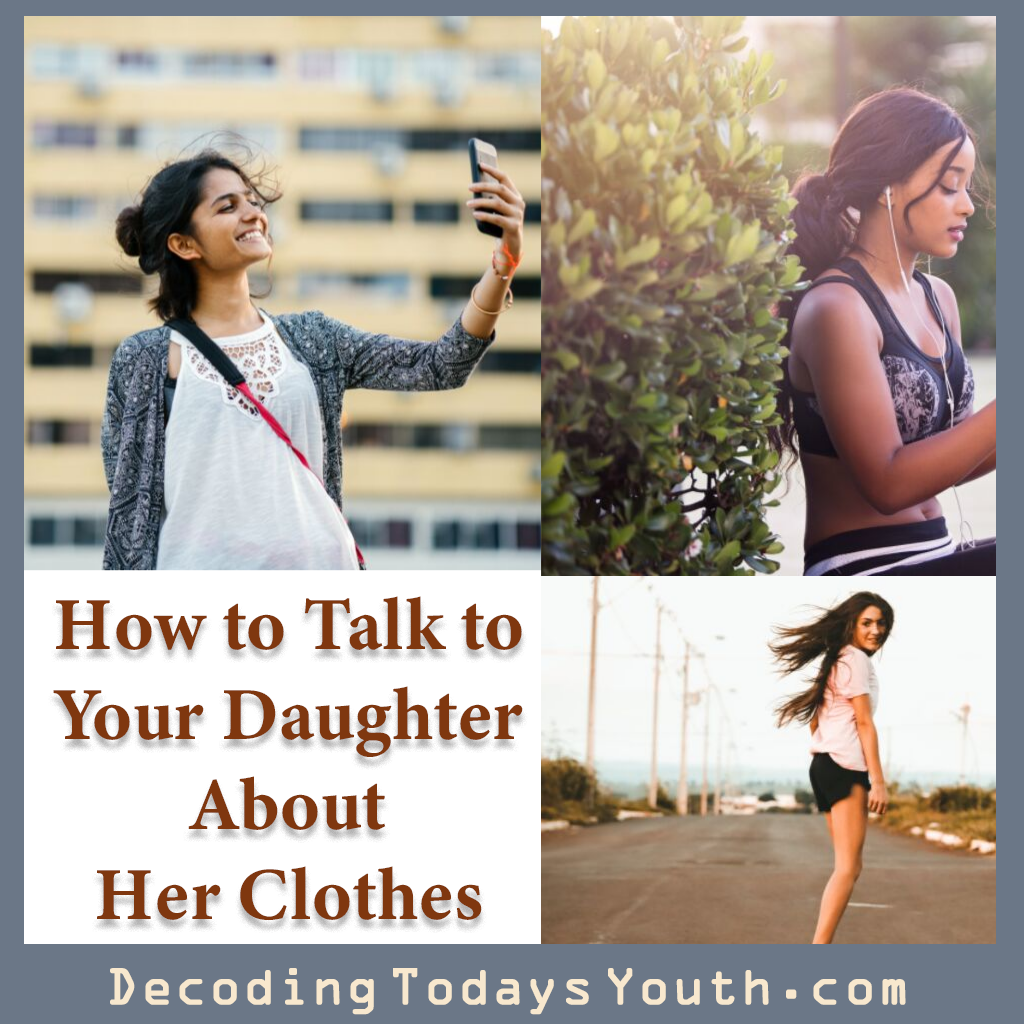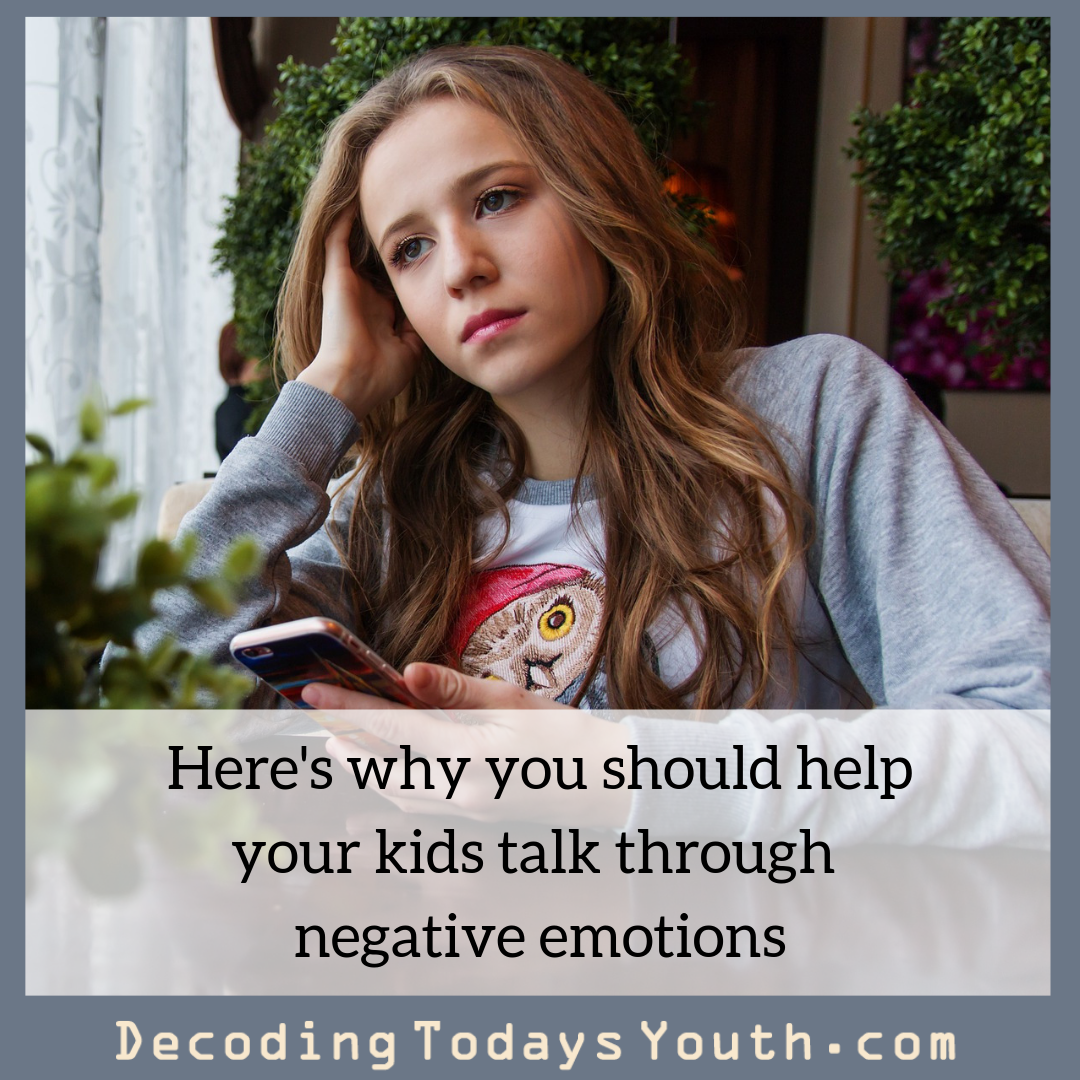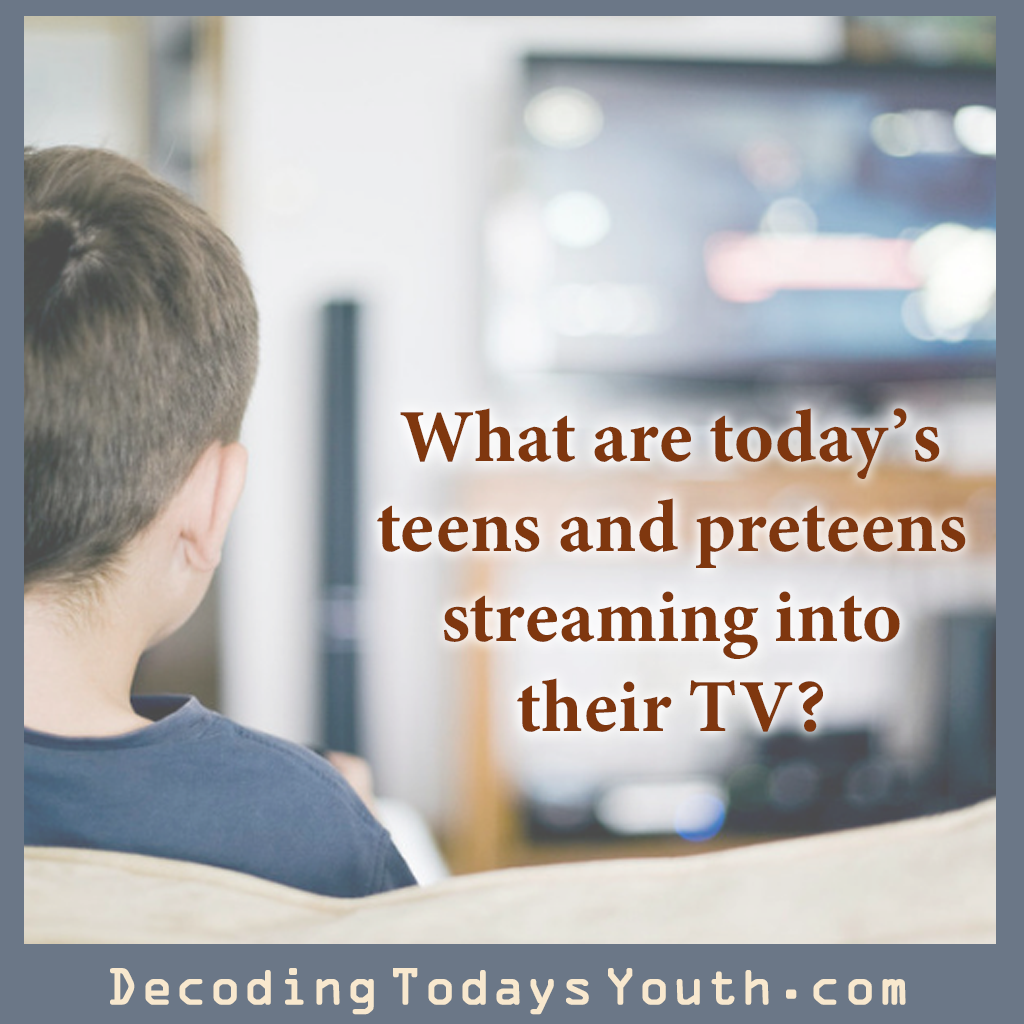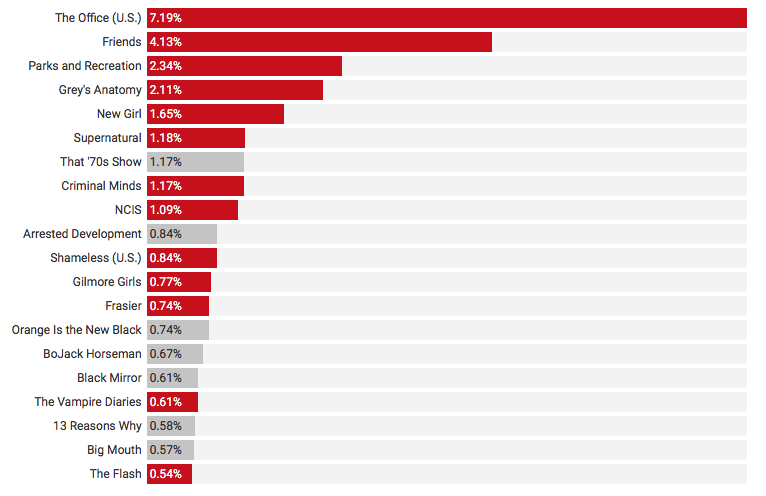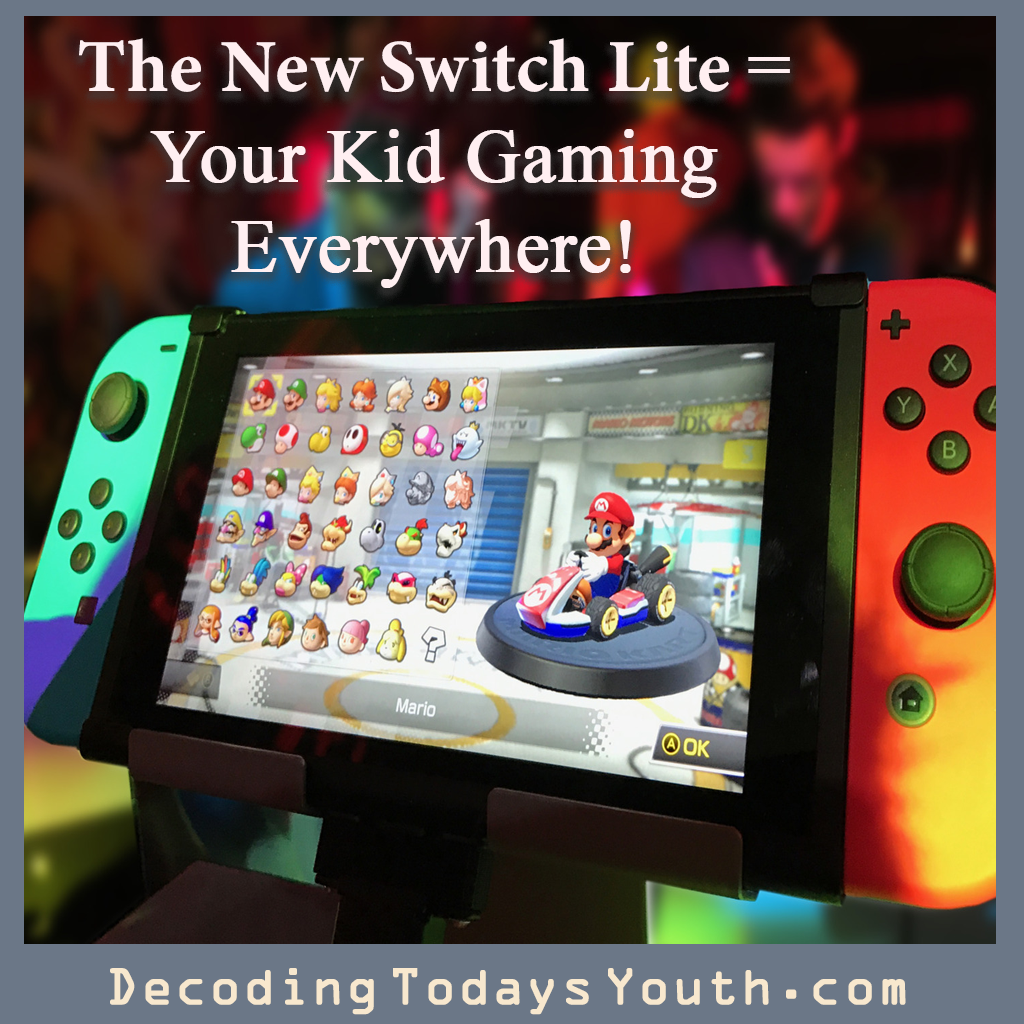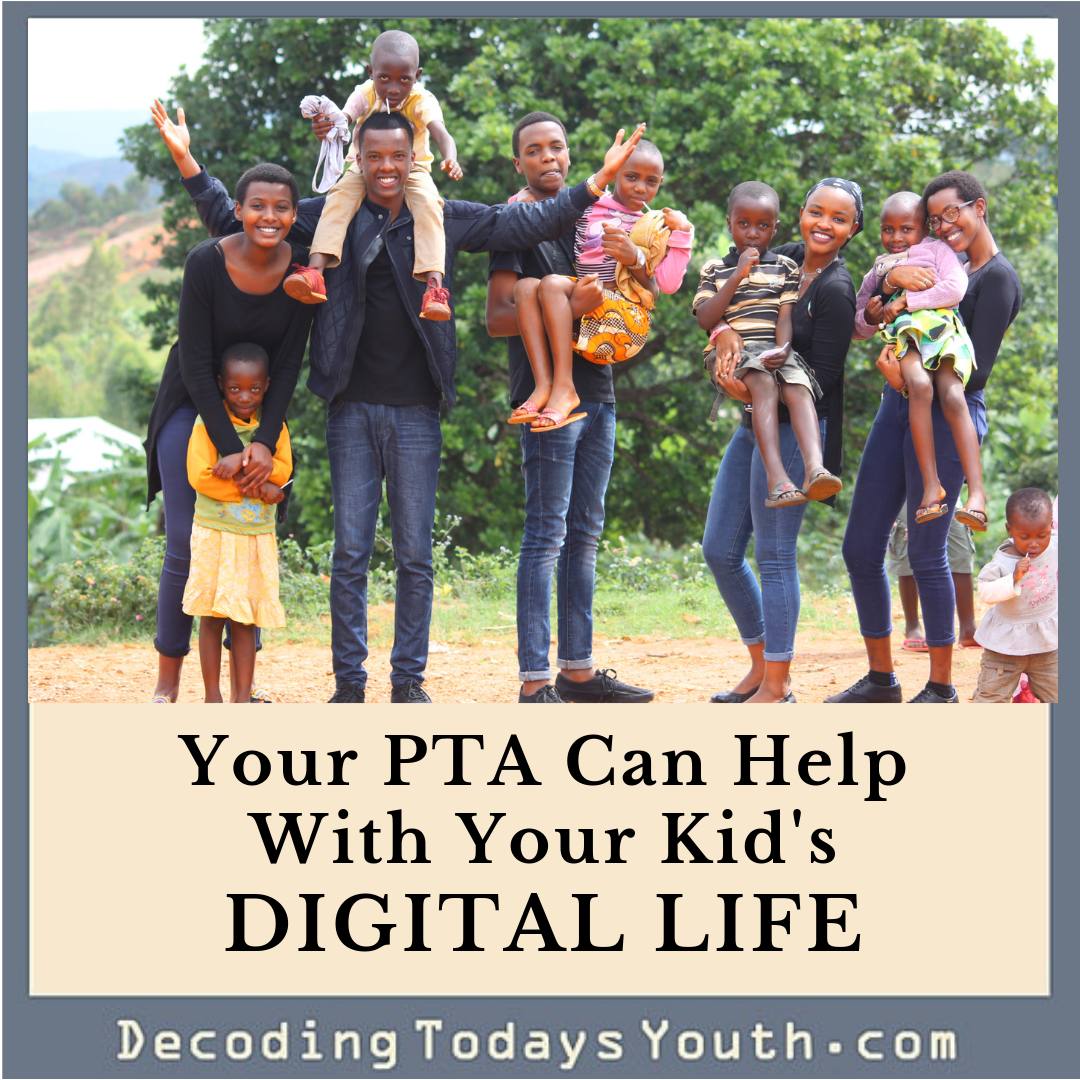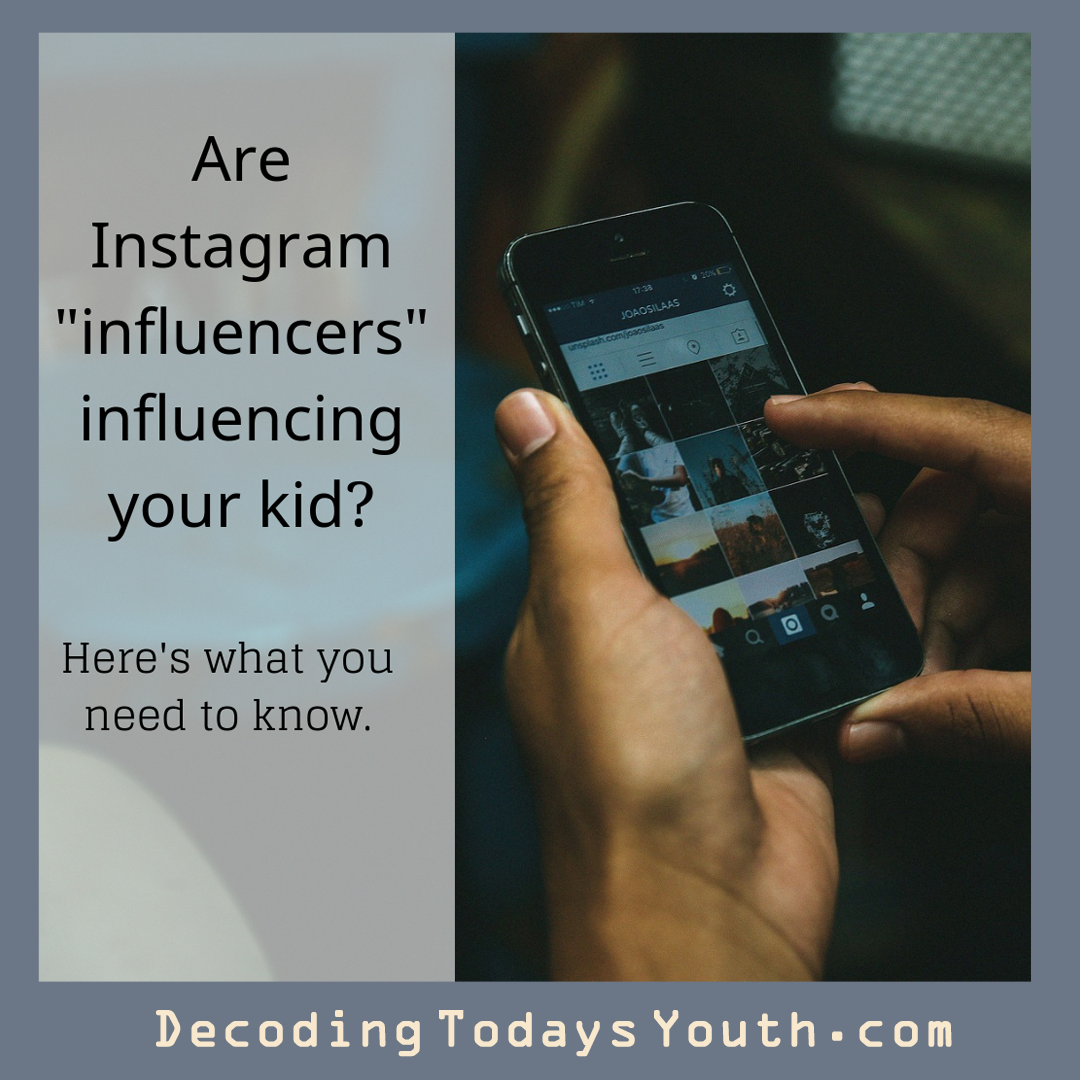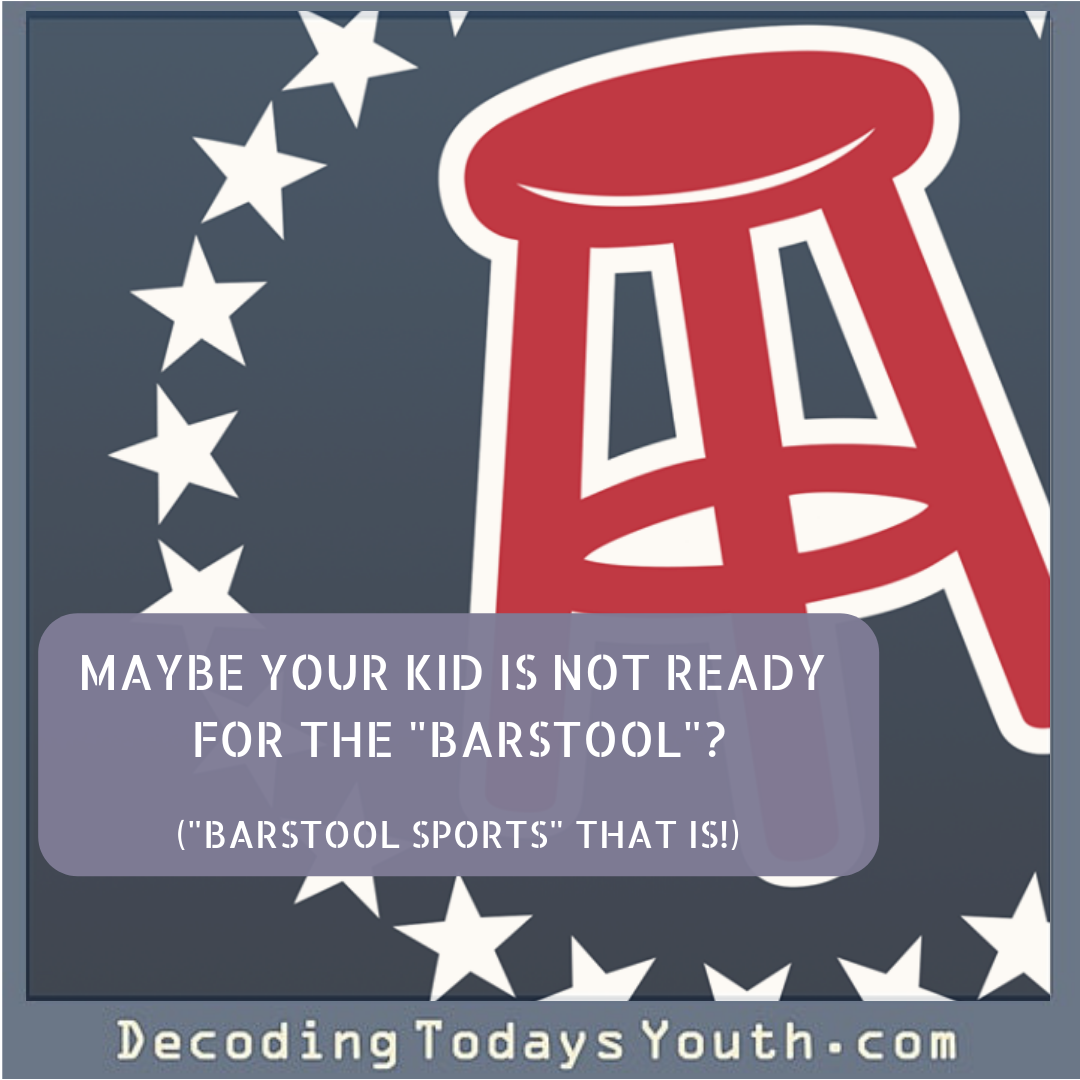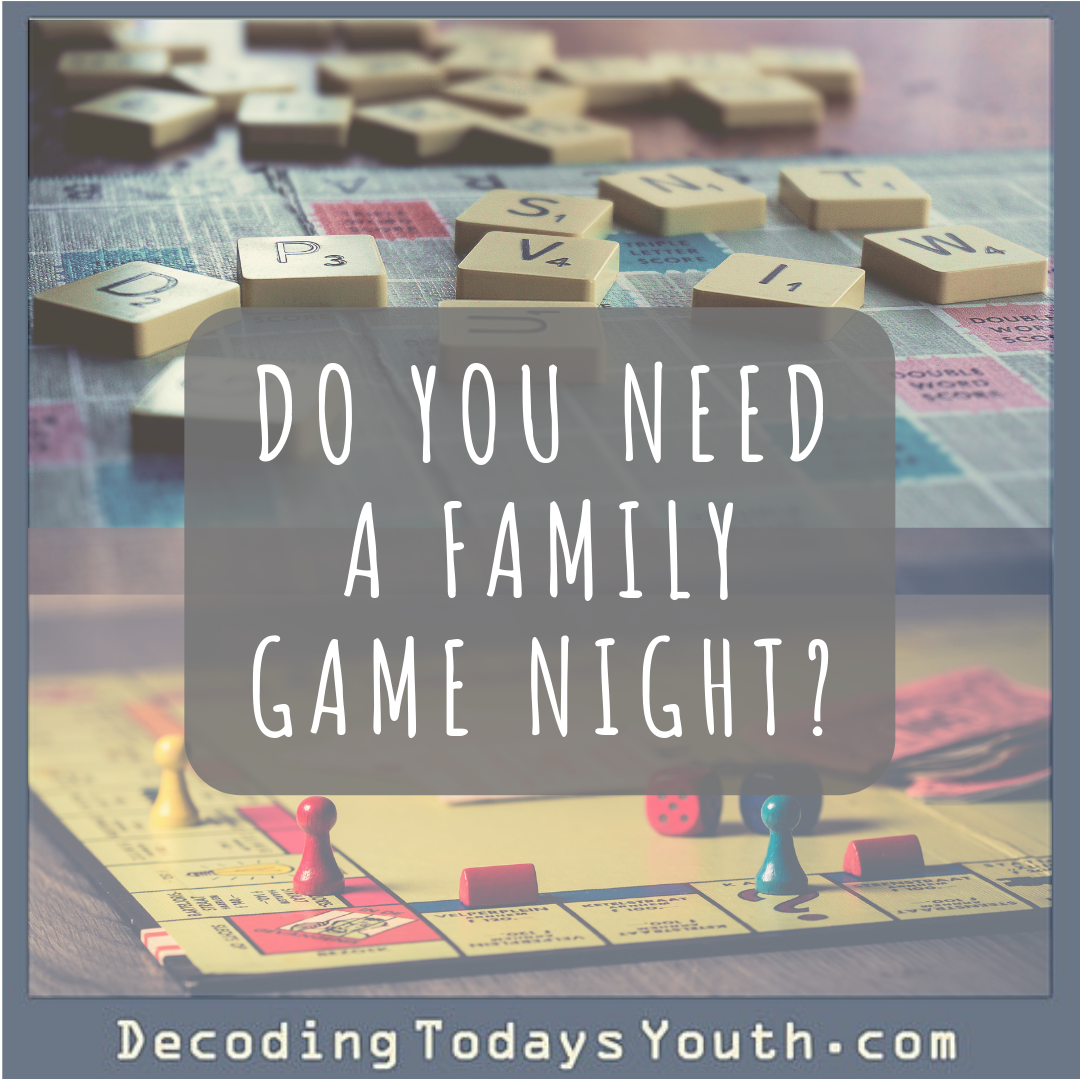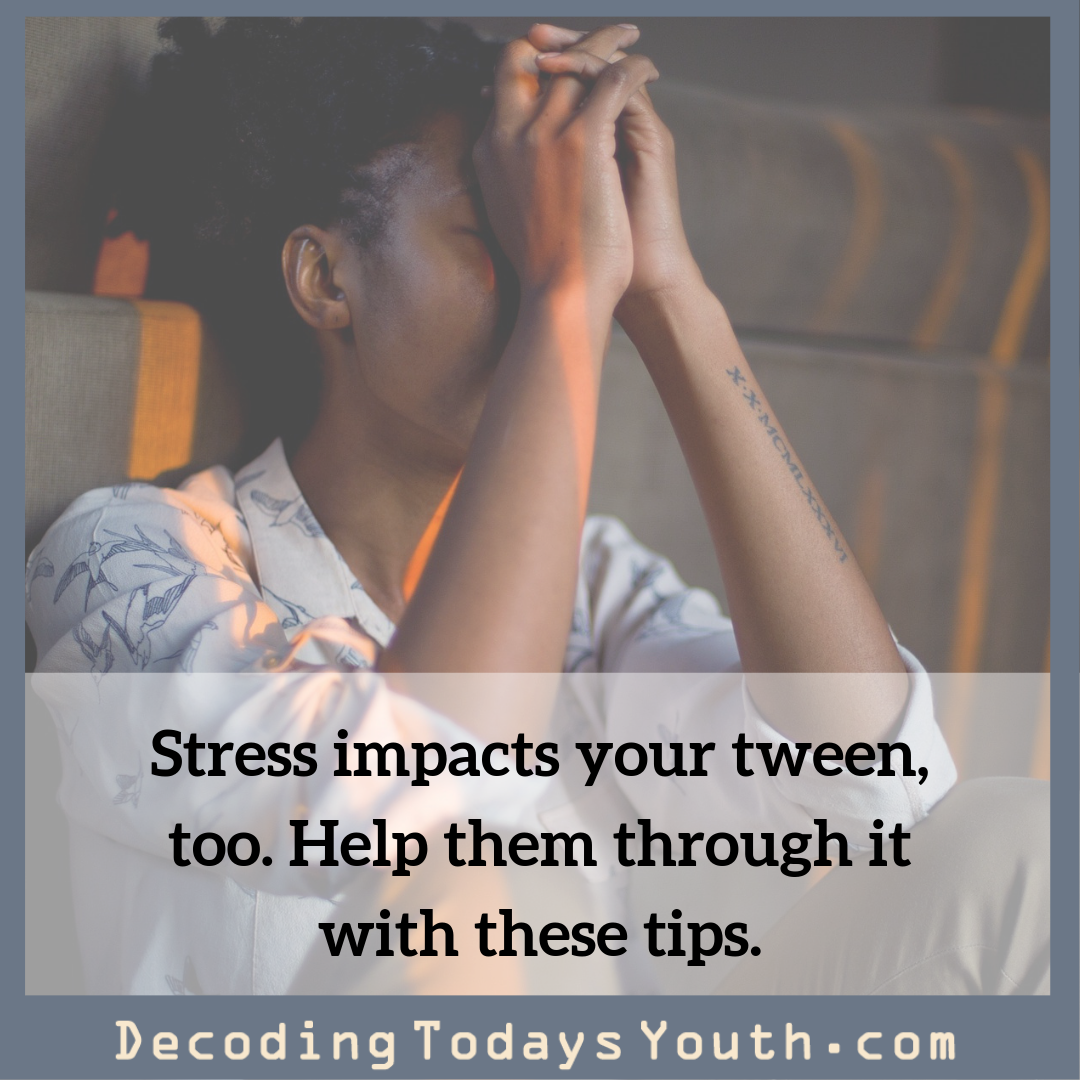
by Megan Donny
“Go back upstairs and change.”
My father said those words to me about 5 minutes before I had to leave for my first high school dance.
Despite my anger, I retreated to my bedroom where I changed into a less revealing dress for the dance.
Hearing your own father chastise your fashion choices as a teenage girl with a fragile self-esteem was a devastating experience for me.
Parents tend to restrict what their young daughters wear in order to avoid drawing unwanted attention to themselves and their children. While parents almost always have their children’s well-being in mind, at times they can step over the line.
How parents can cross the line
For the last year, I’ve worked at a popular girls clothing store and have watched parents tell their children what they can and cannot try on.
While it is understandable that a parent doesn’t want their children wearing items they don’t deem to be appropriate, some parents don’t understand why their daughters are dressing the way they do.
Most middle school and even high school girls aren’t dressing scantily because they are seeking male attention. They dress in the clothing marketed to them by every clothing store with a teenage demographic.
When parents don’t have an open and honest discussion with their children about why they do not want them dressing a certain way, the children usually end up feeling angry or insecure about themselves or their bodies.
When I was told I could not wear the dress I had picked out for the school dance, I felt as if my father did it just to spite me. He never explained to me why he believed I shouldn’t wear it to the dance. If he had told me he was worried about what other people might think of me and my family, we could’ve had a discussion that ended with me going to the dance feeling better because I would have known he had my best interests in mind.
By limiting what their children wear, parents are restricting their children’s self-expression and potentially leading their child to instead sneak around their parents when they don’t approve of their clothing.
How social media affects children and parents
Today, everyone’s lives are exposed like tabloids on social media. What a lot of young teenagers don’t understand is what they are seen wearing in pictures on Instagram, Snapchat and Facebook can affect how people think about them as well as their family.
When a teenager posts an OOTD (outfit of the day) picture of herself in a bikini, more people see the picture than she probably knows. One of her friends may see the photograph and then show it to her own mother, who will then make assumptions about how the mother of the girl in the bikini chooses to parent her daughter.
Parents try their best to avoid being perceived as having a careless or relaxed parenting style. Which is why social media has become every parent’s worst nightmare. Now that children can share as many photos of their clothing choices as they want, more parents are being criticized for letting their children wear what many stores are selling today.
By talking to your children about how social media can impact how people view them and their family today as well as in the future, hopefully they will choose to be more cautious about what they post online.
How to talk to your daughter about her clothing choices
Approaching the subject on what you believe your daughter should or should not wear can be tricky, especially since most teenage girls are stubborn and have a very sensitive self-esteem. You don’t want to accidentally offend them by saying that they shouldn’t be wearing a certain article of clothing to school.
Parents.com author Kara Corridan discusses different ways to speak to your tween daughter on what she wears. She suggests speaking to your child about her clothing choices when she is “feeling relaxed and not in the spotlight.” This means the best time to talk isn’t when she is trying to pick out an outfit before school or when you are shopping. Instead, Corridan says to speak to your daughter when you are both spending some down-time at home.
Corridan also suggests having an open discussion with your child where you ask them questions about their style in a non-judgmental tone. Instead of shutting the conversation down with a few words like “go change,” ask them “why did you choose that outfit?” By understanding why your daughter chooses to dress in clothing you may object to, it will be easier to explain your concerns to her.
Author/educator Michelle Icard says that honesty is the best policy when it comes to talking about this subject with your daughter. She proposes telling your daughter that she is old enough to make her own choices and that she should know when her clothes may draw unwanted attention.
While this approach may not be best for every parent, some need to know when to let their daughter make her own choices and when to intervene. Sometimes it’s best to let your children make their own mistakes and learn from them. Teenage girls express themselves through fashion and they need to be able to experiment with new styles. How you choose to handle what they wear is up to you.

